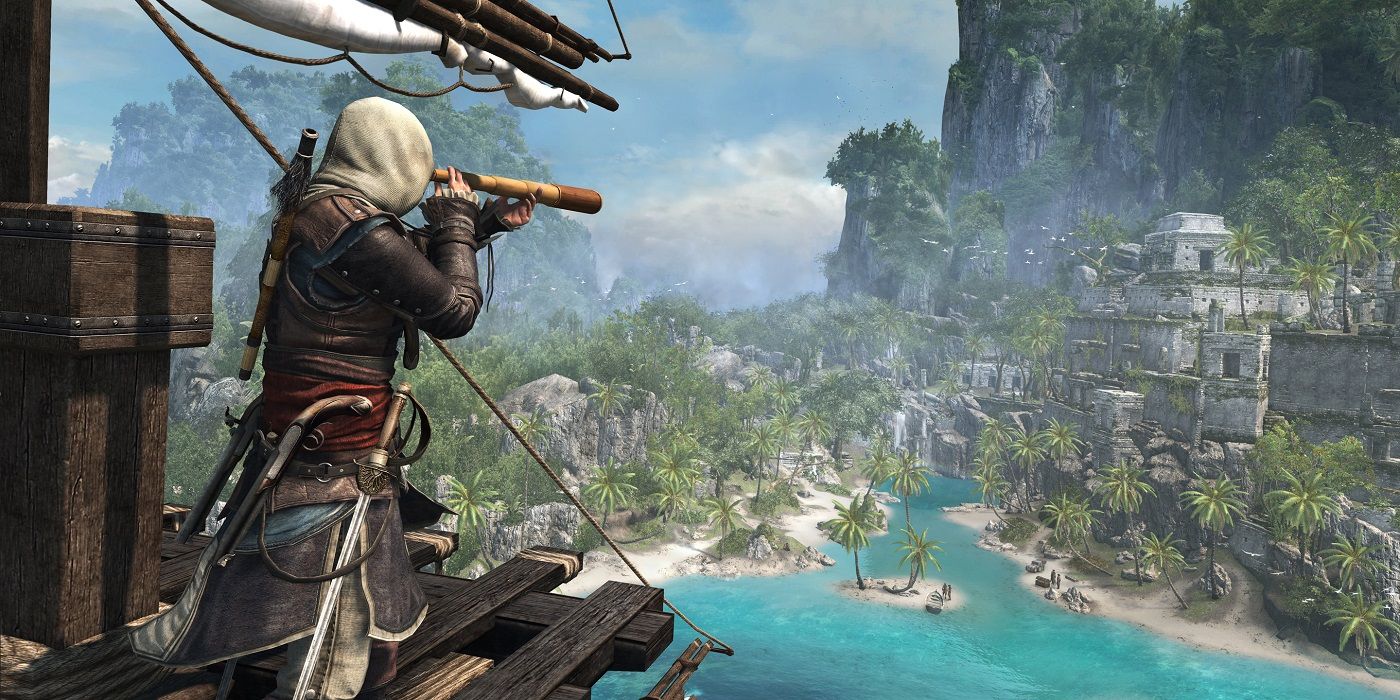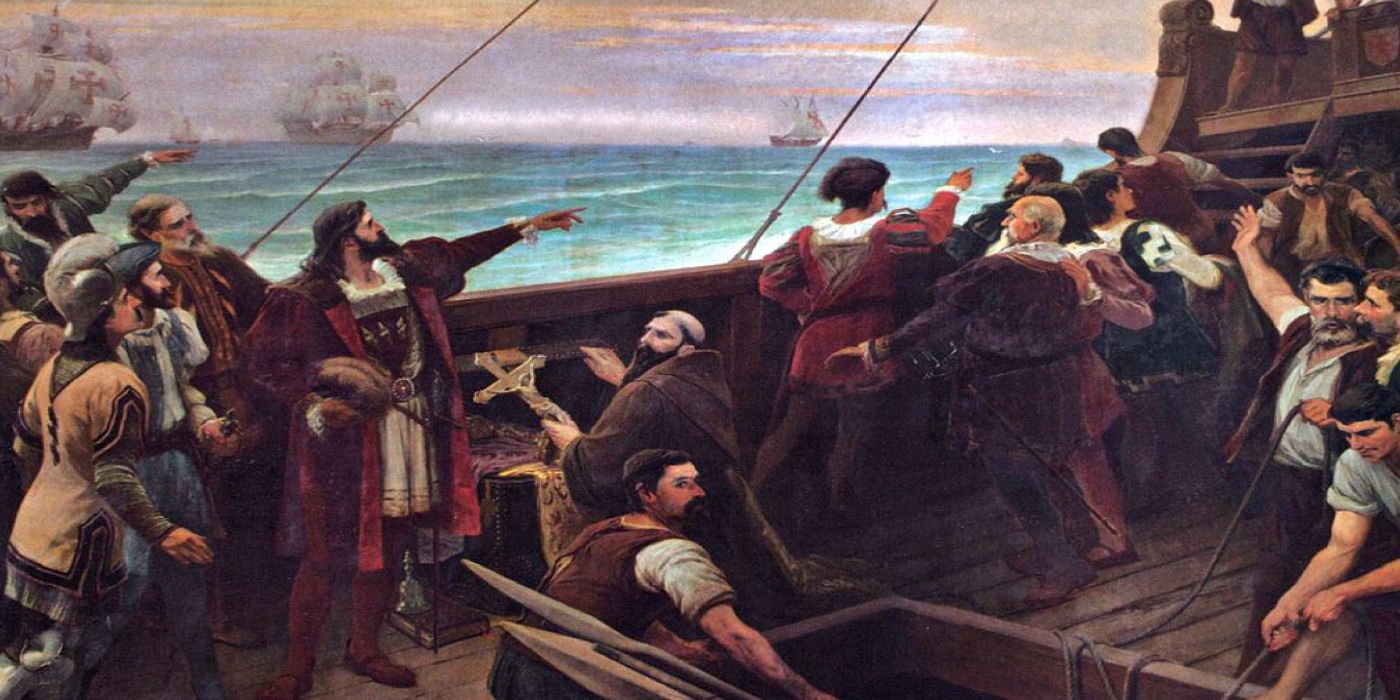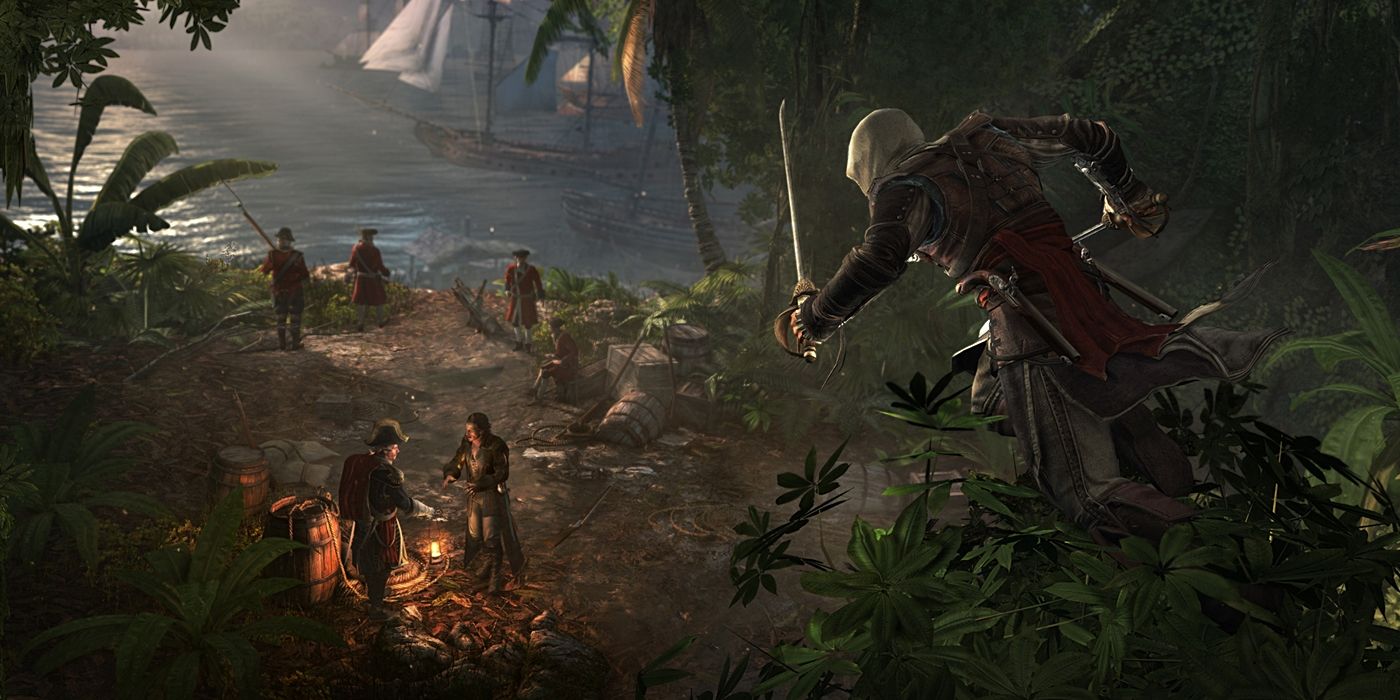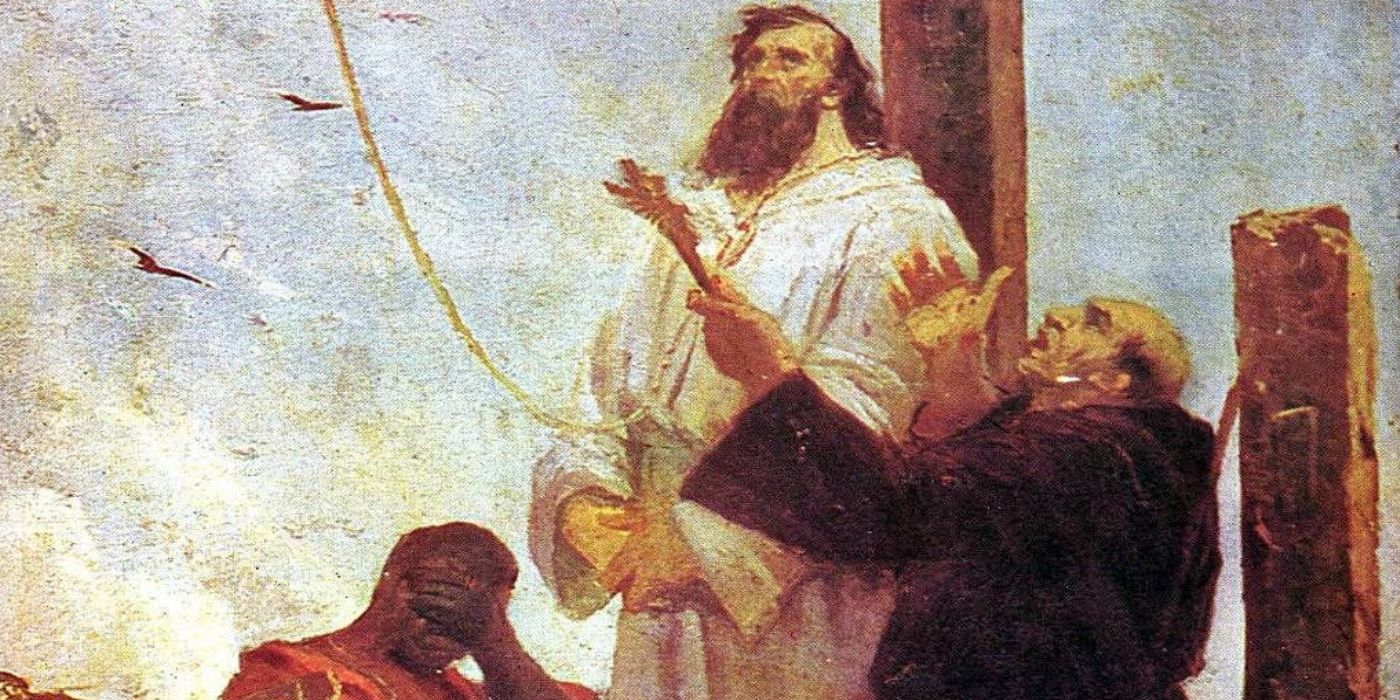
Earlier this week, Assassin's Creed Valhalla writer Alain Mercieca expressed an interest in setting the next Assassin's Creed game in Brazil. "There is a rich tapestry of culture in South America that the brand has yet to explore fully," Mercieca commented. "From the Incas to the Spanish Conquistadors, it is a very fascinating time. Though Black Flag did touch on some of it, I’m feeling more the Brazil region."
The history of colonial Brazil could be the perfect setting for the next Assassin's Creed game, allowing it to tell a colonial story that's very distinct from the ones told in the series so far.
RELATED: There's One Promising Detail About Recent Assassin's Creed 2022 Rumors

In 1494, the Treaty of Tordesillas divided the "New World" between the Spanish and the Portuguese, who had begun expanding westward after reclaiming the Iberian peninsula from Moorish occupation during a period known as Reconquista. While many nations—particularly France—didn't recognize this treaty, it set the stage for the colonization of what would become Latin America.
The early days of Brazil's colonization had some aspects which could lead to particularly interesting characters and storylines in the next game after Assassin's Creed Valhalla. In April 1500, navigator Pedro Alvares Cabral claimed the land along what would become known as the east coast of Brazil for Portugal's King Manuel the First. When contact was made with the indigenous population in the area, the Portuguese had no easy way to communicate with them.
After an incident in which eight sailors were killed, Cabral decided to leave several "degredados" with the indigenous tribes to learn their languages. These men were essentially exiles, and an outcast degredado character could be a very interesting inclusion, perhaps even as the protagonist of an Assassin's Creed game set in the early years of Brazil's colonization. Unlike many parts of Spanish America, however, there were very few cities in pre-colonial Brazil, which could be to the detriment of gameplay. While Assassin's Creed 3 established forest freerunning, setting a game too early in the creation of colonial Brazil could prove limiting.

The Sugar Age was the period when Brazil's economy was dominated by sugar production between the 1530s and the early 1700s. It could be a fruitful setting for an Assassin's Creed game, especially considering the themes of liberation which run throughout the series main conflict between the Assassins and the Templars.
The Sugar Age saw the construction of the first large colonial towns and cities in Brazil, which could be great city settings for parts of the next game. Escaped slaves also often formed their own large communities known as Quilombos, which could also be integrated into the story and setting of the next Assassin's Creed. There is another later event, however, that might bring many of the themes that could be explored in earlier periods of Brazil's history to the forefront.
RELATED: Kristen Bell & 10 Other Voice Actors Who Appeared In Multiple Assassin's Creed Games

In 1789, Brazil was still controlled by Portugal, though by then its borders had expanded significantly westward with the discovery of gold further inland. Earlier colonization efforts had largely stuck to the coast where sugar plantations were viable. Inspired in part by the American Revolutionary War, a failed separatist movement known as Inconfidencia Mineira arose and was discovered before its plan could be implemented.
The conspiracy was planned to overthrow the Portuguese-run government on the day that a new law was being implemented to demand higher taxes to offset increasingly diminishing gold returns. These taxes had been raised in no small part to pay back Portugal's significant debt to Britain at the time. Assassin's Creed games are known for their inclusion of real famous historical figures, and Inconfidencia Mineira was filled with famous characters from Brazilian history.
Involved historical figures Assassin's Creed could explore include Brazilian poets Claudio Manuel da Costa and Tomas Antonio Gonzaga, and philosopher and scientist Jose Alvares Maciel. The movement's most famous member was Joaquim Jose da Silva Xavier, better known as Tiradentes. After the conspiracy was discovered, Tiradentes was famously drawn and quartered, and his body parts were then put on display in many of the places he had once preached the ideas of liberalism and separatism.
These were complicated real-life figures of the kind Assassin's Creed often explores. George Washington, for example, is shown in Assassin's Creed 3 as both the hero of the American Revolution and the infamous "Town Destroyer" he was known as by the Iroquois Native Americans. Many of the would-be revolutionaries in Brazil were of European descent, were members of the intellectual elite, and were born into wealthy slave-owning families. There were disagreements within the movement regarding issues like democracy and the abolition of slavery, and the modern use of Tiradentes as the patron of Brazil's Military Police is controversial.
Previous Assassin's Creed games have interrogated the popular perception of historical figures, have centered indigenous characters like Assassin's Creed 3's Connor, and have raised questions about the true extent to which famously freedom-oriented movements actually liberated the people who then came under their rule. Brazil's history is ripe for exploring such questions, while also exploring an area of the world which has barely been touched upon in the games so far.
No new Assassin's Creed game has been announced.
MORE: Assassin's Creed Valhalla Wrath of the Druids DLC Release Date Delayed

